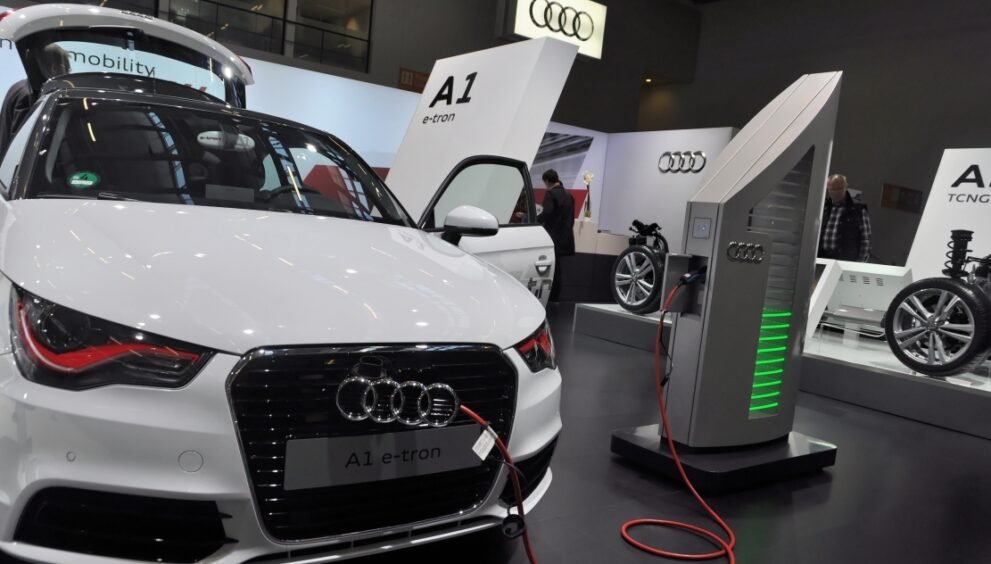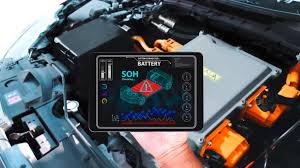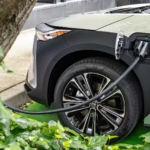Are Plug-In Hybrids Worth It? Pros, Cons, and What You Should Know

Are plug-in hybrids worth it? Plug-in hybrid electric vehicles (PHEVs) are often seen as a “middle ground” between gas-powered cars and full electric vehicles (EVs). They offer both a rechargeable electric battery and a traditional gas engine. But are plug-in hybrids really worth it?

In this article, we’ll explore the advantages and disadvantages of plug-in hybrids, who should consider them, and whether they make financial and practical sense in 2025.
What Is a Plug-In Hybrid (PHEV)?
A plug-in hybrid combines two power sources:
- An electric motor powered by a battery that you charge through a plug.
- A gasoline engine that takes over when the battery runs low.
Unlike traditional hybrids, plug-in hybrids allow you to drive on electric-only mode for a limited range (typically 20–50 miles) before switching to gas.

Pros of Plug-In Hybrids
1. Fuel Savings
If your daily commute is short, you can drive mostly on electricity and use little to no gas, reducing fuel costs.
2. Lower Emissions
In electric mode, PHEVs produce zero tailpipe emissions, which is great for urban areas and environmental goals.
3. No Range Anxiety
When the battery runs out, the gas engine takes over, giving you long-range flexibility just like a regular car.
4. Tax Credits and Incentives
Some plug-in hybrids still qualify for federal and state tax credits, making them more affordable upfront.
Cons of Plug-In Hybrids

1. Limited Electric Range
Most PHEVs only offer 20 to 50 miles of electric-only driving—far less than fully electric vehicles, which can now reach 250+ miles.
2. Higher Purchase Price
Plug-in hybrids often cost more than standard hybrids or gas-powered cars, and sometimes close to the price of a full EV—especially if incentives aren’t available.
3. Complex Maintenance
With two different powertrains (electric and gas), maintenance can be more complex, and repairs may require specialized technicians.
4. Charging Is Essential
To get the full benefit of a PHEV, you’ll need regular access to charging—whether at home, work, or in public spaces. If you don’t charge often, the car behaves more like a regular hybrid but with extra weight.
5. Environmental Benefits Depend on Usage
If you rarely charge your PHEV and rely heavily on gas, the environmental benefits are significantly reduced. In some cases, they may even emit more CO₂ than efficient gas or hybrid models due to their added weight.
Who Should Consider a Plug-In Hybrid?
Plug-in hybrids might be worth it if:
- You have a short daily commute under 50 miles.
- You can charge your car at home or at work.
- You want to lower your fuel costs and emissions, but aren’t ready to go fully electric.
- You live in a region that offers tax credits, rebates, or low-emission incentives.
- You need flexibility for long road trips.
They might not be worth it if:
- You frequently drive long distances and rarely charge.
- You prefer to go 100% electric.
- You have no easy access to charging stations.
- You want a vehicle with lower upfront cost and simpler maintenance.
How Do PHEVs Compare in 2025?

Thanks to advancements in EV batteries, many fully electric cars now offer 250 to 400+ miles of range. Charging infrastructure has also improved across the U.S., Europe, and other regions, making full EVs more practical than ever.
However, not everyone is ready to go fully electric. Some people live in apartments with no charging access, or they travel long distances where EV charging networks are still unreliable. In these cases, PHEVs remain a strong and practical choice.
Final Verdict: Are Plug-In Hybrids Worth It?
The short answer? Yes—for the right driver.
Plug-in hybrids are a great transitional option between gasoline and electric. If your daily routine allows for frequent charging and mostly short trips, you’ll save money, reduce emissions, and enjoy a smooth driving experience.
They offer flexibility, peace of mind, and long-range capabilities when needed.
But if you don’t charge often, or you’re ready to fully embrace electric vehicles, a PHEV might not be the best use of your money—especially as full EVs become more affordable and practical every year.
Conclusion: Should You Buy a Plug-In Hybrid in 2025?
Plug-in hybrid electric vehicles (PHEVs) continue to serve as a smart compromise between gasoline and electric vehicles. In 2025, with electric vehicle (EV) infrastructure expanding and battery ranges increasing, PHEVs are no longer the only bridge—but they’re still a relevant and valuable option for many drivers.
If your lifestyle includes short, routine drives, and you have reliable access to charging—at home, work, or both—then a PHEV can provide huge fuel savings, lower emissions, and peace of mind thanks to the backup gasoline engine. You’ll enjoy most of the benefits of EVs without the limitations of charging range on longer trips.
However, if you don’t plan to charge regularly, or you’re looking for the lowest cost and least maintenance, then a traditional hybrid or full EV may suit you better. A PHEV is only worth its higher price tag if you fully take advantage of the electric motor.






















































































































































































































































































































